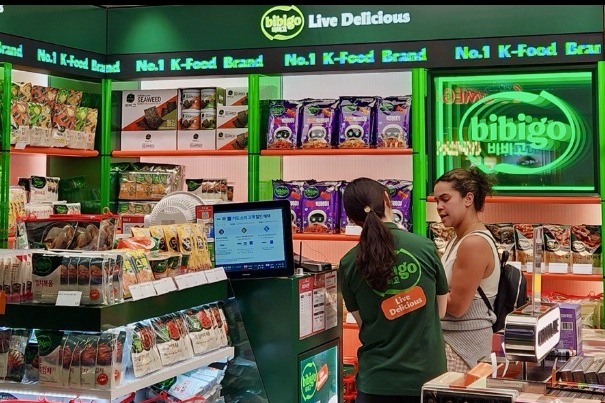
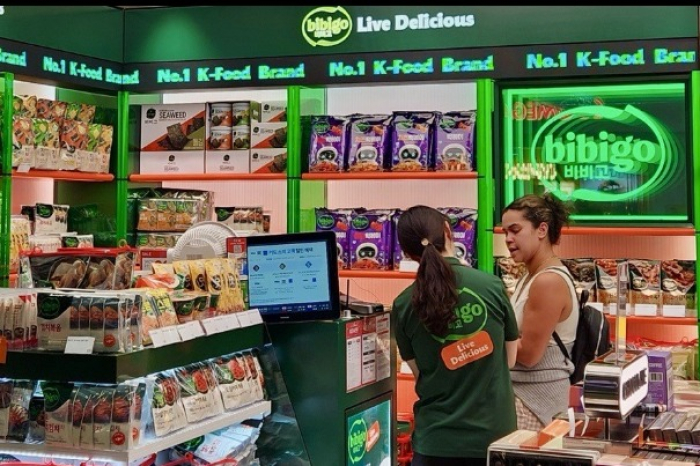
South Korean food, beauty and fashion companies, which have enjoyed robust demand for their products in overseas markets this year, will grow bolder with their global expeditions in the new year amid rising economic and political woes at home.
CJ CheilJedang Corp., Korea’s largest food company, has set a goal to accelerate expansion of its global presence in 2025, according to the food industry on Tuesday.
Its global journey began early in an effort to offset the limited growth potential in the crowded Korean food market.
The Korean food giant launched a global food brand named Bibigo in 2010 and then leaped into the US market after acquiring US frozen food giant Schwan’s Company in 2019.
Its overseas food sales jumped to 5.38 trillion won ($3.7 billion) in 2023 from 3.15 trillion won in 2019. Over the same period, the share of its overseas food sales to total sales rose to 48% from 39%.
CJ CheilJedang plans to penetrate deeper into new markets such as Europe, Southeast Asia and Oceania in 2025 with a greater focus on Korean-style dumplings called mandu, dried seaweed and chicken products.
To meet surging demand, the Korean food giant has diversified its lineup with tailored products produced at local factories that cater to the differing tastebuds of people from diverse cultures.
NEW RAMEN FACTORIES TO ARRIVE
Korea’s top two ramen producers, Nongshim Co. and Samyang Foods Co., also announced plans to build new factories to ramp up the output of their spicy instant noodle products to satisfy the global ramen craze.
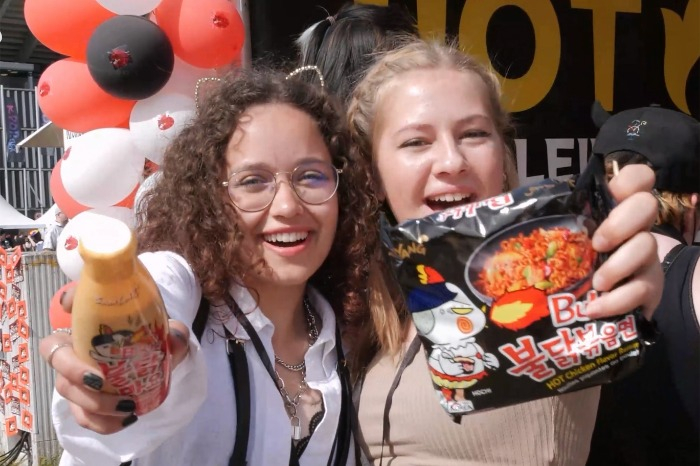
In August, Nongshim said it would spend 191.8 billion won to build a new ramen manufacturing facility in Busan, Korea with an annual production capacity of 500 million ramen packets, all of which will be shipped abroad.
The plant’s addition will double the company’s production of export-only ramen to 1 billion packets once the factory is up and running in the first half of 2026. The company plans to break ground on the plant early next year.
Earlier in December, Nongshim’s crosstown rival Samyang Foods announced a plan to invest 201.4 billion won to set up a foreign entity in Singapore and build its first-ever overseas ramen factory in China with a plan to complete its construction by January 2027.
The decision was made to meet the insatiable global appetite for its flagship export item Hot Chicken Flavor Ramen, also called buldak-bokkeum-myeon.
KOREAN COSMETICS MAKERS EYE A BIGGER SHARE IN THE US, EUROPE
Korean cosmetics companies are also expected to strike while the iron is hot in 2025 after posting record earnings in 2024.
Cosmax Inc., Korea’s No. 1 cosmetics original design manufacturer (ODM), expects its 2024 sales to exceed 2 trillion won for the first time. For 2025, the company forecasts 2.5 trillion won in sales.
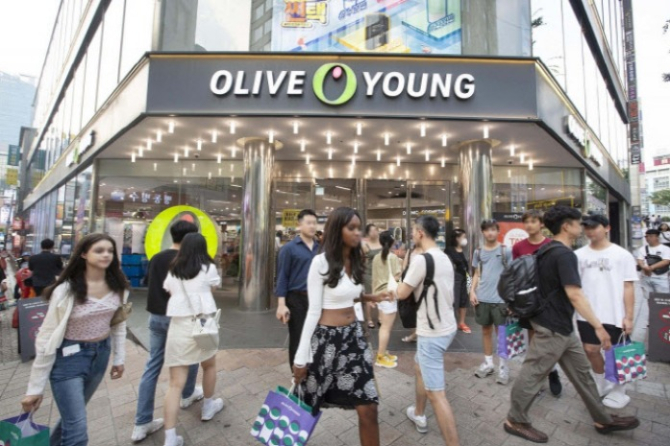
In November, AmorePacific Corp., Korea’s No. 1 cosmetics group, vowed to rebalance its China-heavy global business to focus on the US and Europe while looking for new brand acquisitions.
The company expects its annual sales to recover to the 4 trillion won level this year for the first time since 2022.
CJ Olive Young Corp., Korea’s top beauty store chain, has teamed up with new, smaller beauty brands to foray into Japan and the US next year.
It already set up an entity in Japan this year and plans to ramp up its private label product sales and online sales in the US.
In August, it opened the Olive Young Anseong Logistics Center in Gyeonggi province to better handle growing orders from abroad through the Olive Young Global Mall.
FASHION TOWARD ASIAN MARKETS
Korean fashion companies are seeking to accelerate their global expansion into Asian countries.
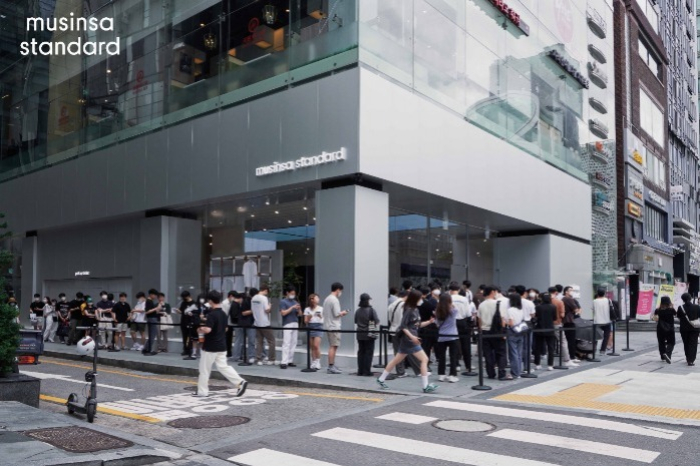
Matin Kim has opened shops in Hong Kong, Taiwan and Macao this year. It plans to open a store in Tokyo in the first half of 2025 and add another 27 stores abroad over the next five years.
Korean activewear brands Andar and Xexymix plan to advance into China, Japan, Southeast Asia and Australia.
Korea’s leading fashion platform Musinsa will team up with its Japanese counterpart Zozotown to introduce small, independent Korean fashion brands to more Japanese consumers in the new year.
Korean food, cosmetics and fashion companies are expected to continue riding the Korean wave in 2025 thanks to robust demand for Korean pop music and content.
The weakening Korean currency against the US dollar could make Korean products even more attractive to foreign consumers.
But companies are also advised to prepare measures to tackle potential tariff issues given that US President-elect Donald Trump, who favors high tariffs on imports to the world’s largest consumer market, returns to the Oval Office in January.
Write to Hyung-Joo Oh at [email protected]
Sookyung Seo edited this article.
link

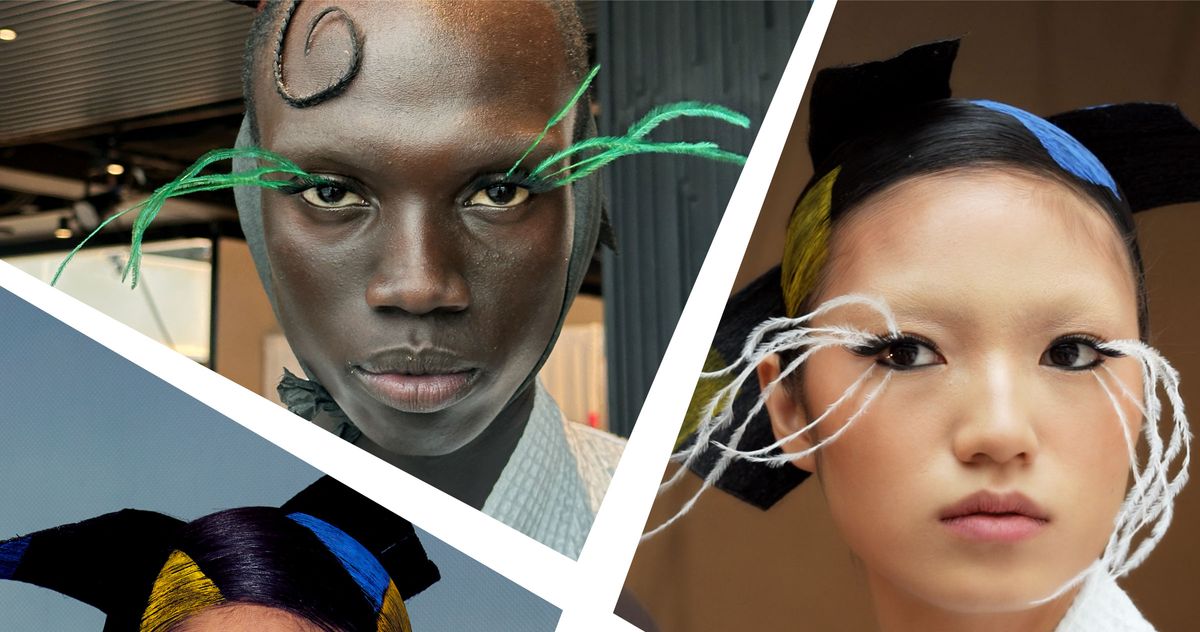





:max_bytes(150000):strip_icc():focal(2999x0:3001x2)/peo-expert-picked-spring-fashion-trends-tout--3e83e842a1a34660b490259601fd451a.jpg)
